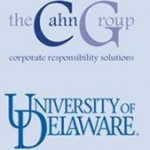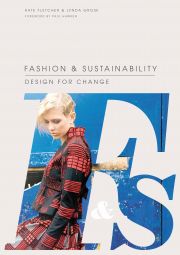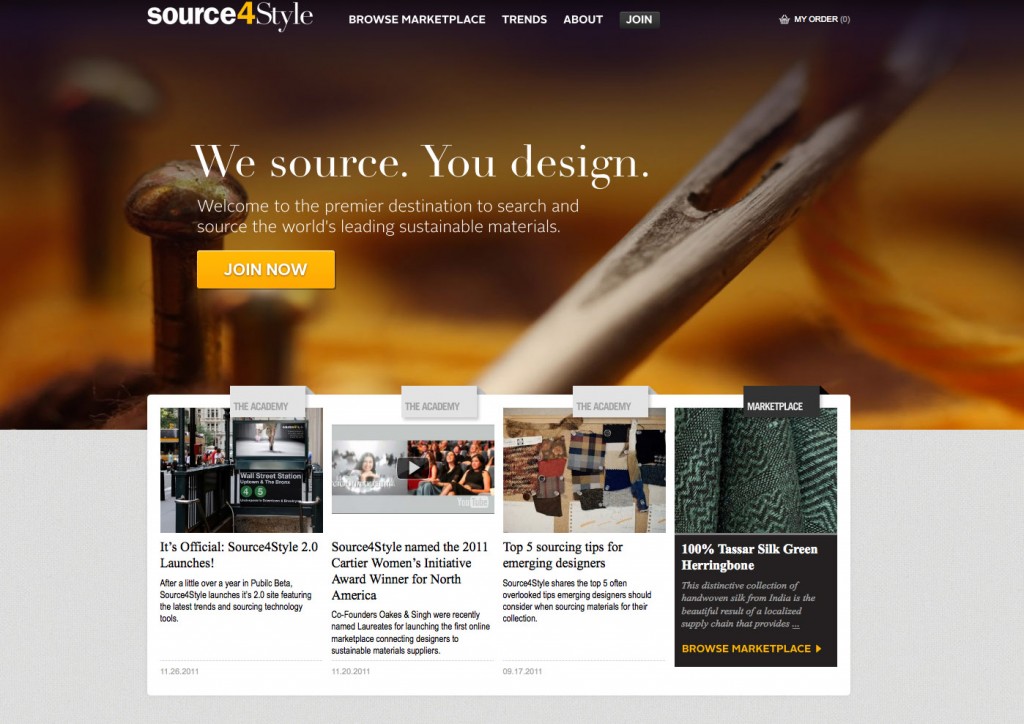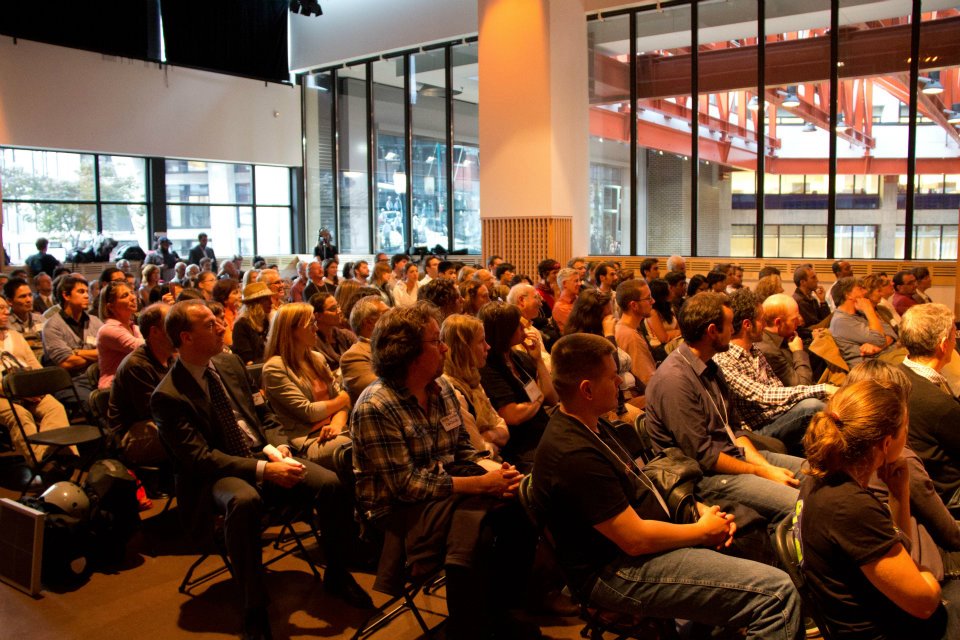
You may already have read about the California Transparency in Supply Chain Act (SB 657) that went into effect on January 1st of this year (2012).
There is no question that slavery and human trafficking run rampant in the global textile/apparel industry. Thanks to the University of Delaware and The Cahn Group, a short online course is here to help.
“When companies explore the extent of these tragic abuses in their supply chains in depth, what they are likely to find may be revealing and more than a bit sobering.” (Doug Cahn and Marsha Dickson)
Risks of Human Trafficking and Slavery: A Short Course for Supply Chain Professionals:
- Learning Goal # 1: Be aware of human trafficking and slavery in supply chains.
- Learning Goal # 2: Identify human trafficking and slavery risks present in company supply chains.
- Learning Goal # 3: Support prevention and mitigation efforts when human trafficking and slavery is suspected.
The course is taught by its creators, Doug Cahn, President, The Cahn Group, LLC, and Dr. Marsha Dickson, Professor and Chairperson Department of Fashion and Apparel Studies, University of Delaware.
A closer look //
Although the act is a state law, applying only to retailers and sellers working in Californiaearning more than 100,000,000.00 in “annual worldwide gross receipts” (Senate Bill No. 657 Ch.556, pg. 1), the law in fact “applies to nearly every major brand of consumer products sold in the United States.” (Doug Cahn and Marsha Dickson)
The act not only requires companies to implement real strategies for supply chain engagement, transparency, auditing, certification and internal accountability (Senate Bill No. 657Ch.556, pg. 3), but also that documentation of such strategies “be posted on the retail seller’s or manufacturer’s Internet Web site with a conspicuous and easily understood link to the required information placed on the business’ homepage.” (Senate Bill No. 657Ch.556, pg. 3)
Companies must also provide relevant employees and managers with necessary training on slavery and human trafficking laws within the countries they are doing business with. (Senate Bill No. 657Ch.556, pg. 3)
Here are just two of many declarations made in the act (Senate Bill No. 657Ch.556, pg. 2):
(h) Consumers and businesses are inadvertently promoting and sanctioning these crimes through the purchase of goods and products that have been tainted in the supply chain.
(i) Absent publicly available disclosures, consumers are at a disadvantage in being able to distinguish companies on the merits of their efforts to supply products free from the taint of slavery and trafficking. Consumers are at a disadvantage in being able to force the eradication of slavery and trafficking by way of their purchasing decisions.
Some helpful links for further reading on Slavery and Human Trafficking //
Anti-Slavery international
Global Initiative to Fight Human Trafficking: Human Trafficking—The Facts
Human Rights Watch: World Report 2012
The Asian Human Rights Commission: The State of Human Rights Annual Report (2011)
Slavery Convention: Office of the United Nations High Commissioner for Human Rights
UN.GIFT.HUB
![SA [Fashion High]](http://socialalterations.com/wp-content/uploads/2012/03/SA-Fashion-High.jpg)









